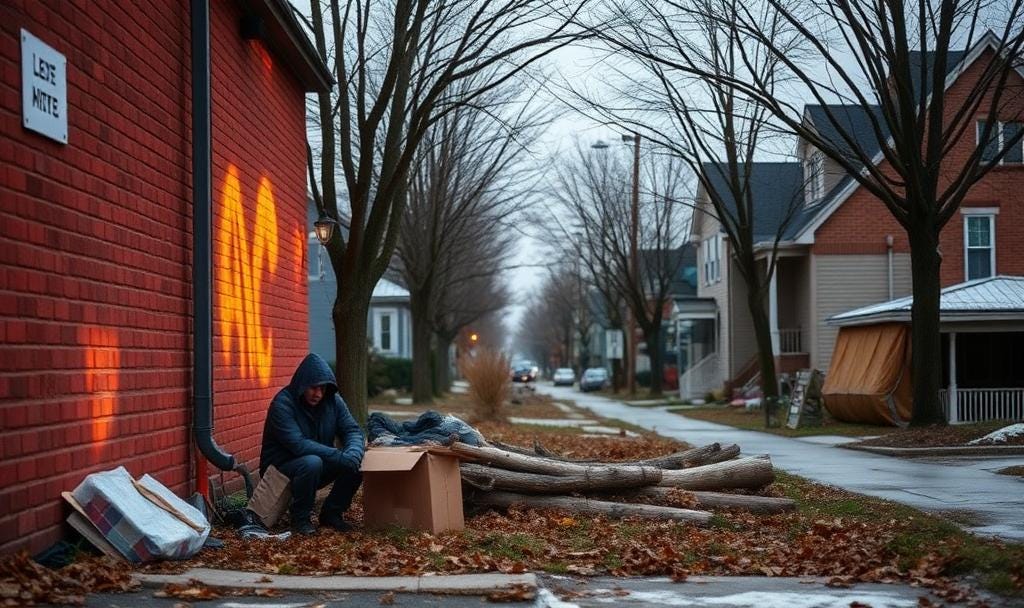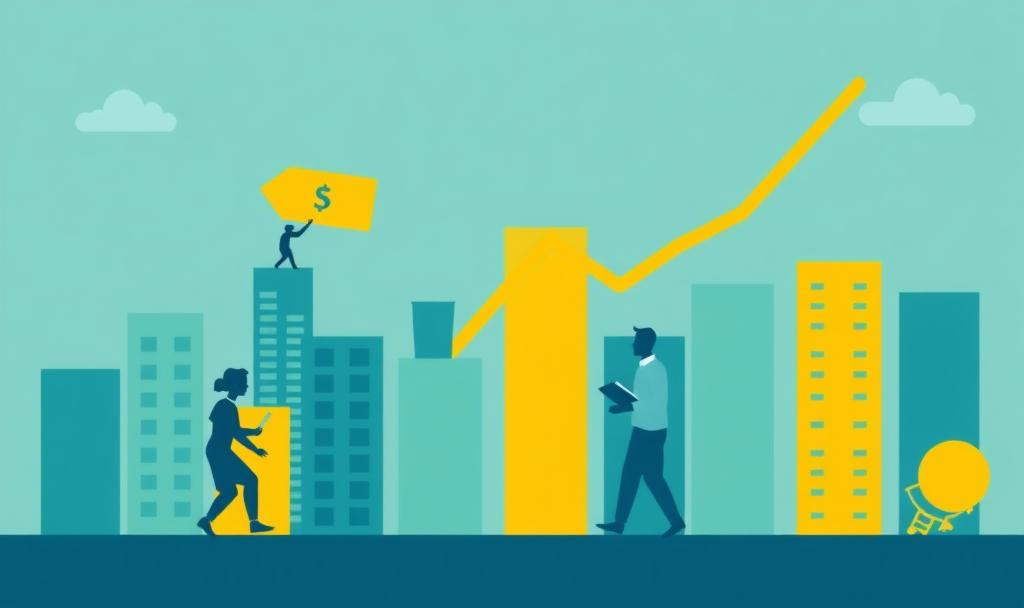Canada's Economic Landscape: Job Growth, Recession Concerns, and Homelessness Crisis
Canada’s economy is at a crossroads, where signs of growth are overshadowed by mounting crises. From surging employment figures to the grim realities of declining real GDP and skyrocketing homelessness, the challenges are as complex as they are urgent. This update not only explores these issues in detail but also outlines actionable solutions for policymakers and citizens alike because understanding the problem is the first step toward creating meaningful change.
A Promising Sign: Positive Employment Numbers
December 2024 brought a glimmer of hope to the Canadian economy with the addition of 91,000 jobs, significantly surpassing expectations. This surge in employment drove the national unemployment rate down to 6.7%, signaling a robust job market. Additionally, wages showed steady growth, with average hourly earnings increasing by 3.8% year-over-year to $35.77, following a similar rise of 4.1% in November.
While these numbers appear encouraging, a closer look reveals nuances that temper the optimism. A significant proportion of these new jobs, nearly half, originated in the public sector, raising concerns about sustainability. Critics argue that reliance on public-sector employment, funded by taxpayers, may mask underlying weaknesses in the private sector.
Recession Fears Loom
Despite the positive job figures, some economists warn that Canada’s economy is grappling with recessionary pressures. Metrics beyond headline employment numbers paint a less optimistic picture. The nation has experienced six consecutive quarters of declining real GDP per capita, a critical measure of economic well-being.
Stephen Poloz, former Governor of the Bank of Canada, highlights that the cost of living has surged by 30% in recent years. This inflationary spike has led to reduced consumer spending, a key driver of economic growth. Additionally, inflation has dropped faster than anticipated, a phenomenon Poloz associates with recessionary conditions. Economist David Rosenberg adds to these concerns, pointing out that without government spending propping up the economy, real GDP would have contracted. These insights challenge the narrative of a healthy economy, suggesting deeper structural issues.
The Homelessness Crisis: A National Emergency
Amid economic turbulence, Canada faces an escalating homelessness crisis, particularly acute in Ontario. Over 81,000 individuals are experiencing homelessness in the province, a situation described as a "tipping point." The crisis stems from skyrocketing housing costs, a shortage of affordable housing, and inadequate support systems for vulnerable populations.
Addressing the crisis requires bold policy interventions. Experts and advocates call for updated zoning laws to facilitate higher-density housing developments and reduce bureaucratic delays. Solutions such as micro-apartments and tiny homes are proposed as innovative ways to address the housing shortage. However, the lack of political will and entrenched NIMBY (Not In My Backyard) attitudes pose significant barriers. The frustration is palpable among Canadians, with many expressing helplessness and criticizing government inaction.
Other Economic Developments of Concern
The Bank of Canada has issued a stark warning: most mortgage holders are expected to face significant payment shocks within the next two years as they renew their mortgages at higher interest rates. This looming financial strain could exacerbate household debt and further dampen consumer spending.
Adding to economic uncertainties, incoming U.S. President Donald Trump has suggested using "economic force" to integrate Canada into the United States. While largely dismissed as political rhetoric, Canadian experts emphasize the need for vigilance and strategic planning to counter potential economic threats from the U.S.
Navigating a Complex Economic Future
The current economic landscape in Canada is a study in contrasts. On one hand, robust job growth offers a beacon of hope. On the other, recession fears, a housing affordability crisis, and rising homelessness cast a shadow over the nation’s prospects. These challenges demand immediate and comprehensive action from policymakers.
Addressing these issues will require a multi-faceted approach: fostering sustainable private-sector growth, implementing innovative housing solutions, and providing targeted support for vulnerable populations. As Canada navigates this pivotal moment, the effectiveness of its government’s response will shape not only its economic trajectory but also the well-being of its citizens.









Every time I get to the "declining GDP per capita" (which was described as just "declining GDP" in the first mention, I think incorrectly), I look for the word "population" in the article to see if notes explosive population growth.
If lacking, I stop reading and leave this comment.
Those six quarters just happen to match the most-explosive growth of the denominator, the population, in Canadian history, or nearly any other history. It takes time for them to get jobs and contribute to GDP.
I'm willing to accept that GDP per capita that are working, is really in decline. But an economics article about it has to address the issue of how much of the "decline" is just denominator-growth, which is ultimately a Good Thing for the economy.
The positive employment numbers are a hologram—an illusion of stability that doesn’t reflect the systemic shifts happening underneath. The transition from Software-as-a-Service (SaaS) to Employee-as-a-Service (EaaS), driven by AI-integrated platforms, is already underway, and it’s too late for policymakers to address it meaningfully. This shift will crater the workforce in the next few quarters, replacing stable employment with piecemeal, gig-like workforces designed to maximize corporate profits at the expense of worker security.
For Canada, the future involves far less international money entering the economy. AI systems are eliminating the demand for skilled Canadian labour on the global market, shrinking opportunities for international contracts and investment. The days of stable, high-value roles driving growth are fading, and policymakers needed to act years ago to cushion this blow. Now, all this election can decide is how much of an economic beating we’re about to take.
Unless someone figures out how to fundamentally change paradigms before they collapse—reimagining how economies function and creating systems that value people over profit—the coming years will be defined by instability, a hollowing out of the middle class, and a growing sense that our leaders failed to prepare us for what was clearly on the horizon.